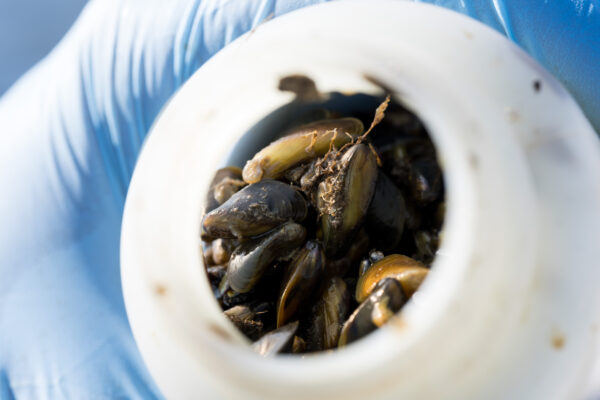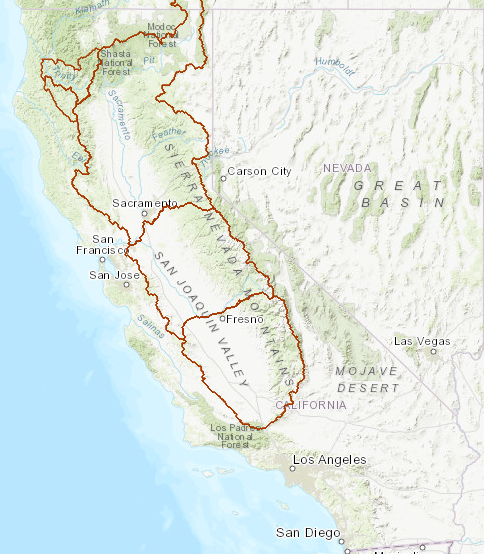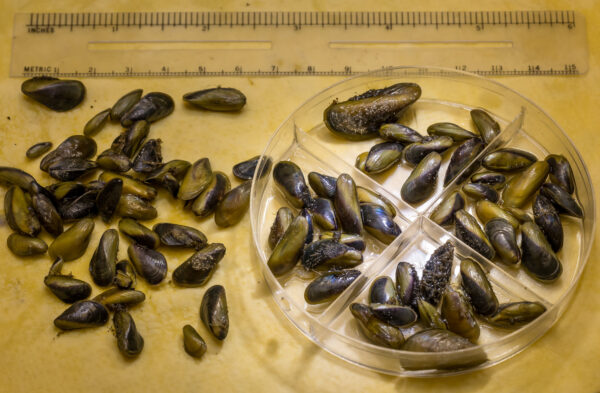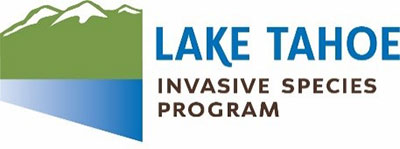Golden mussels could be a greater threat than any other aquatic invader
Contact: Jeff Cowen, 775-589-5278
Lake Tahoe, CA/NV – The Tahoe Regional Planning Agency (TRPA) Governing Board on Wednesday approved a critical update to the Lake Tahoe Watercraft Inspection Program to protect the lake from a new aquatic invasive species recently discovered just a few hours away from the Tahoe Basin. Invasive golden mussels were discovered for the first time in North America last October in the Sacramento-San Joaquin Delta of California. TRPA and Tahoe Resource Conservation District (Tahoe RCD), which manage the boat inspection program, strengthened inspection procedures to reduce the risk to Lake Tahoe.

Golden mussels can attach to surfaces, damage boats and clog infrastructure. Credit: Xavier Mascareñas / California Department of Water Resources
On Wednesday, the agencies enacted mandatory decontaminations for all visiting motorized watercraft entering Lake Tahoe. The TRPA Governing Board approved an updated fee structure to support the additional services.
As new threats to Lake Tahoe emerge, the emphasis on following Clean, Drain, Dry protocols remains for all boaters, paddlers, anglers, and beachgoers. Golden mussels are not in Lake Tahoe, and following Clean, Drain, Dry protocols will reduce the risk of invasion.
The main change for motorized boaters traveling from other areas will be a watercraft decontamination following the mandatory inspection. As always, boats that were launched last in Lake Tahoe and have a Tahoe security seal can launch again without reinspection.
2025 Boating Season
- Decontamination: All “Tahoe In & Out” motorized watercraft will be decontaminated following inspection.
- Clean, Drain, Dry: Arrive Clean, Drained, and Dry to minimize fees and protect your watercraft.
- Appointments: Make an appointment at TahoeBoatInspections.com/appt to get on the water faster.
- Non-motorized watercraft: Visit TahoeKeepers.org to learn how to Clean, Drain, and Dry your kayak, paddleboard, and inflatables. Decontaminations are free for hand-launched non-motorized watercraft.
- Fees: Inspection fees remain the same. Use this guide to predict the total decontamination fee for your watercraft.
- Water intake systems:
- 1-2 water intake systems: $30
- 3+ water intake systems OR ballasts: $60
- Affected areas not Clean, Drained, and Dry:
- 1 area not Clean, Drain, Dry: $0
- 2-3 areas not Clean, Drain, Dry: $30
- 4+ areas not Clean, Drain, Dry: $60
- Water intake systems:
“Boaters and paddlers have a key role in protecting the waters they enjoy,” said Dennis Zabaglo, aquatic invasive species program manager for TRPA. “Golden mussels are a greater threat to Tahoe than other aquatic invasive species. We appreciate the support of boaters and will continue working to keep the lake safe and accessible to all.”
Since its discovery in Stockton, Calif., the golden mussel has been detected almost as far south as Bakersfield through connected water systems. To keep the risk to Lake Tahoe as low as possible, all motorized watercraft from other waterbodies will be decontaminated, which will increase the cost to operate the program.

An outline of waterbodies hydrologically connected to the San Joaquin Delta. Golden mussels have the potential to infest a large portion of California’s waters. Credit: Tahoe Resource Conservation District
Governing Board Updates Fee Structure
The Watercraft Inspection Program is a public-private partnership with one third of its funding from inspection fees and two thirds from public sources. The TRPA Governing Board approved a minimum decontamination fee of $30 for all visiting motorized watercraft needing an inspection to address the cost of increased decontaminations.
“These strengthened procedures are necessary to preserve Tahoe’s waters,” said Hayley Williamson, Chair of the TRPA Governing Board. “The introduction of golden mussels would be devastating to the lake, and the Watercraft Inspection Program is our frontline defense.”
By adhering to Clean, Drain, Dry protocols, boaters can limit additional increases to their decontamination fee.
About Golden Mussels
The golden mussel is likened to quagga mussels, an invasive species that the Lake Tahoe inspection program has successfully kept out of Lake Tahoe since beginning in 2008. Like quagga mussels, golden mussels can encrust boats, piers, rocks, and pipes. Golden mussels can also tolerate a broader range of habitats and can reproduce faster, making them more of a threat. If introduced, golden mussels could irreversibly harm Lake Tahoe’s recreation, water quality, and native ecosystem.

Invasive golden mussels (Limnoperna fortunei) found October, 2024 in the O’Neill Forebay in Merced County, Calif. Credit: Xavier Mascareñas / California Department of Water Resources
Areas outside the Tahoe Region have responded to the threat with temporary waterbody closures and 30-day quarantine periods. Invasive species prevention programs throughout the western United States are rapidly assessing protocols to limit the spread outside of California.
To view the updated fee structure, visit TahoeBoatInspections.com/stickers-and-fees.
###
The Lake Tahoe Aquatic Invasive Species Program is implemented by 40 public and private partner organizations, including federal, state, and local jurisdictions, research partners, public utility districts, and private marinas. The Tahoe Regional Planning Agency and the Tahoe Resource Conservation District lead the program in collaboration with the public and private partners. The program’s mission is to prevent, detect, and control aquatic invasive species in the Region so that future generations can enjoy Lake Tahoe.
